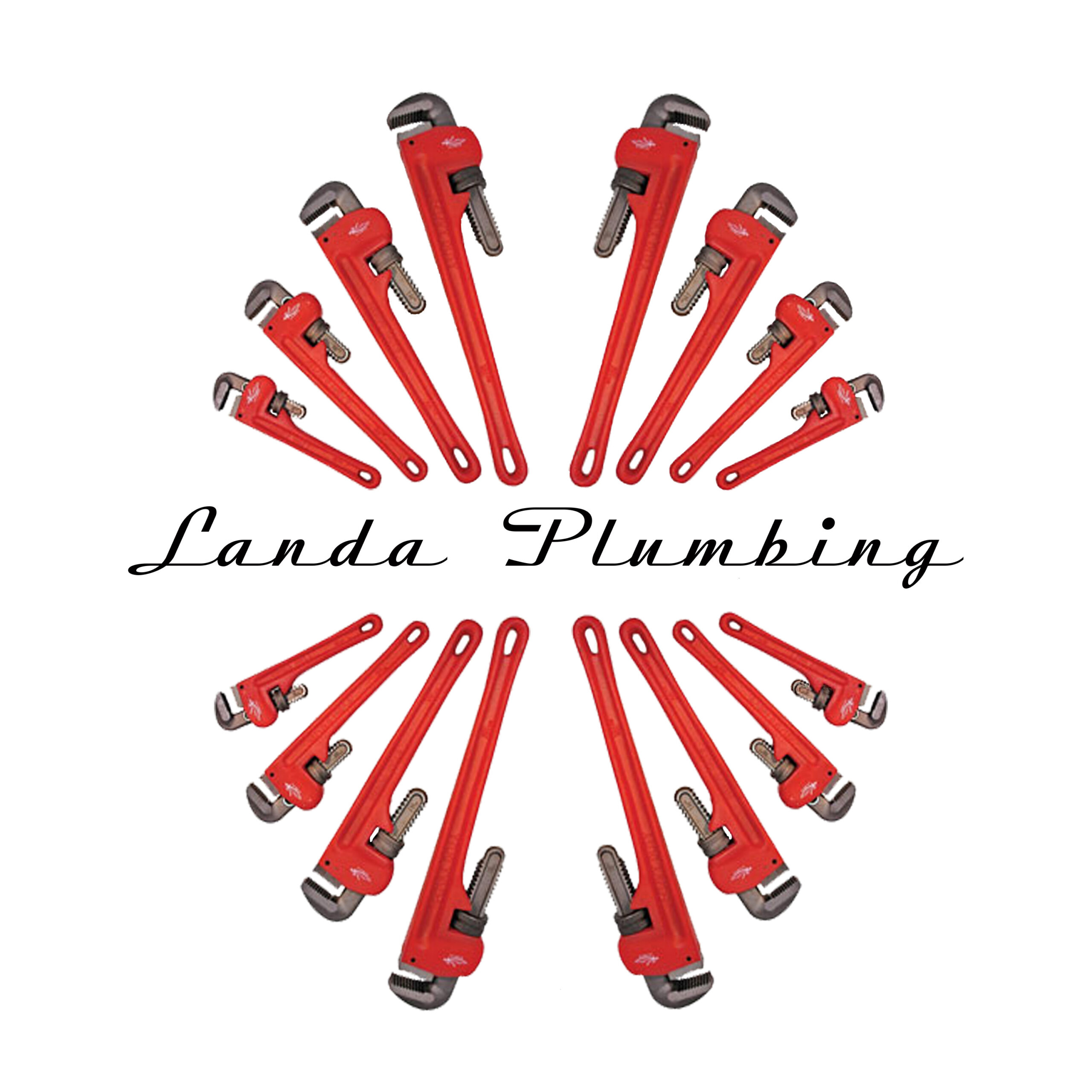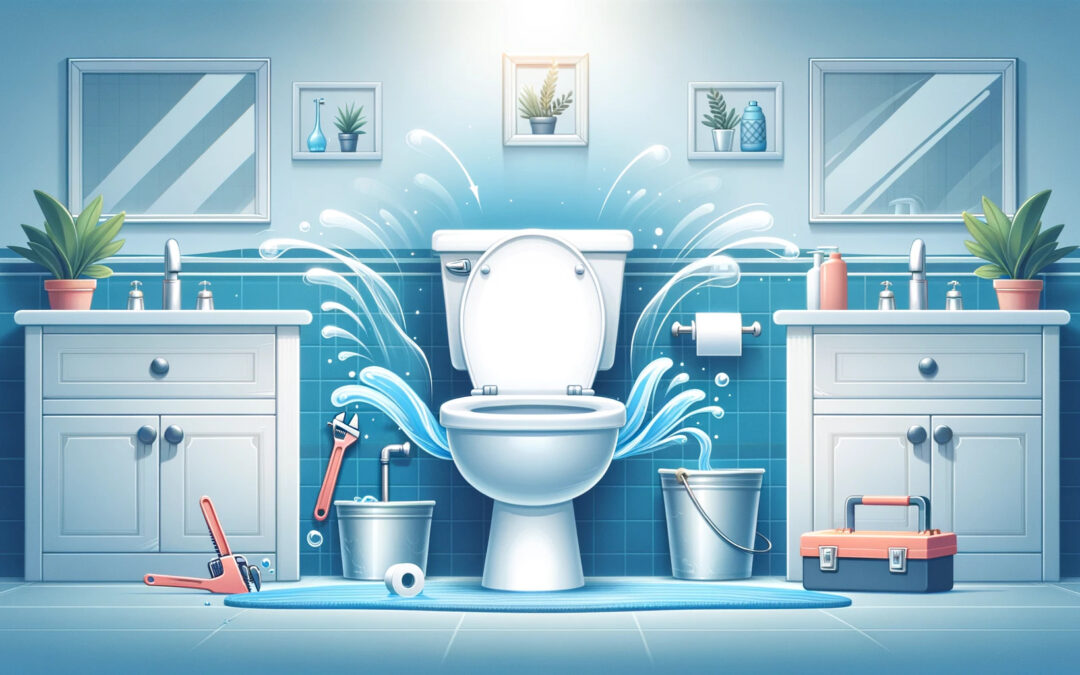A toilet running continuously is a frequent complaint for homeowners. While frustrating and wasteful, it’s often a relatively simple fix.
We’ll walk you through simple solutions you can try yourself. If the DIY approach fails to solve the problem, our expert plumbers are just a phone call away. We’re here to help you get your toilet back in quiet, flushing order and save you the hassle (and potential water waste) of a constantly running tank.
Why Is My Toilet Running? Understanding the Problem
When you have a toilet running continuously and not flushing properly, you may notice several signs:
- The sound of water running long after flushing.
- A weak or incomplete flush.
- Water refilling in the bowl at irregular intervals.
- An increase in your water bill due to the constant flow.
These symptoms indicate that something in the toilet’s tank mechanism isn’t functioning correctly, leading to water wastage and flushing issues.
Overview of Common Causes
Several common issues can cause your toilet to run continuously without flushing properly:
- Broken or Leaking Flapper (Flush Valve): The flapper, also known as the flush valve, controls the release of water from the tank to the bowl. Over time, flappers can wear down, crack, or warp, allowing water to seep into the bowl continuously.
- Improperly Positioned or Stuck Float Ball: The float ball regulates the water level in the tank. If it’s stuck or incorrectly positioned, it can cause the tank to overfill or not fill at all, leading to a constantly running toilet.
- Fill Valve Issues: The fill valve controls the water supply to the tank. If it’s set too high or isn’t functioning properly, the tank may overfill, causing water to run into the overflow tube and continuously cycle.
- High Water Level or Short Overflow Tube: The tank’s water level should be just below the top of the overflow tube. If it’s too high or the overflow tube is too short, water will constantly flow into the bowl, leading to continuous running.
- Long Refill Tube Causing Suction: If the refill tube is too long and inserted too far into the overflow tube, it can create a suction effect, causing water to be siphoned out of the tank and into the bowl, resulting in a running toilet.
Understanding these common causes is the first step toward diagnosing and fixing the problem. In the next sections, we will guide you through the process of identifying which issue is affecting your toilet and provide practical solutions for each scenario.
Fixing Common Toilet Issues
When dealing with a toilet running but not flushing, addressing the root causes is key.
Here’s a step-by-step guide to fixing these common issues:
How to Replace a Broken or Leaking Flapper
- Turn Off the Water Supply: Locate the shutoff valve behind the toilet and turn it clockwise to stop the water flow.
- Drain the Tank: Flush the toilet to empty the tank. Hold down the handle to ensure all water drains out.
- Remove the Old Flapper: Detach the flapper chain from the flush handle lever. Unclip the flapper from the pegs on the sides of the overflow tube.
- Install the New Flapper: Attach the new flapper to the pegs on the overflow tube. Connect the flapper chain to the flush handle lever, ensuring there is a slight slack.
- Turn the Water Supply Back On: Turn the shutoff valve counterclockwise to restore the water flow. Test the flush to ensure the new flapper seals properly.
Adjusting or Replacing the Float Ball
- Check the Float Ball Position: Open the tank lid and observe the float ball during a flush. When the tank is full, it should rise and stop the water flow.
- Adjust the Float Ball: If the float ball is too high or low, bend the float arm slightly to adjust its position. A higher float ball will allow more water in, while a lower one will reduce the water level.
- Replace the Float Ball (if necessary): If the float ball is damaged or stuck, unscrew it from the float arm and replace it with a new one.
Fixing or Replacing the Fill Valve
- Turn Off the Water Supply and Drain the Tank: Follow the steps to shut off the water supply and drain the tank.
- Remove the Old Fill Valve: Disconnect the water supply line from the bottom of the tank. Unscrew the locknut securing the fill valve and remove it.
- Install the New Fill Valve: Insert the new fill valve into the tank and secure it with the locknut. Reconnect the water supply line.
- Adjust the Fill Valve: Adjust the height of the fill valve so the water level is just below the top of the overflow tube. Turn the water supply back on and test the flush.
Adjusting the Water Level and Replacing a Short Overflow Tube
- Check the Water Level: The water level should be about an inch below the top of the overflow tube. If it’s too high or low, adjust the fill valve or float ball accordingly.
- Replace a Short Overflow Tube: If the overflow tube is too short, purchase a new one of the correct length. Turn off the water supply, drain the tank, and remove the old overflow tube. Install the new tube and adjust the fill valve to the appropriate water level.
Correcting the Length of the Refill Tube to Prevent Suction
- Check the Refill Tube Length: Ensure the refill tube extends only about an inch into the overflow tube.
- Adjust the Refill Tube: If the refill tube is too long, trim it with scissors so it doesn’t reach too far into the overflow tube. Secure it in place.
Ensuring the Fill Tube is Connected and Adjusting the Flapper Chain Length
- Ensure Fill Tube Connection: Verify that the fill tube is securely connected to the fill valve and directed into the overflow tube.
- Adjust the Flapper Chain Length: When the flapper is closed, the chain should have a slight slack. If it’s too tight, the flapper may not seal properly. Adjust the chain length by moving the hook to a different link.
Following these steps can address common issues causing toilet running. If these solutions do not resolve the problem, it might be time to call a professional plumber.
Preventive Maintenance Tips
Preventive maintenance is key to keeping your toilet in good working condition and avoiding the frustration of unexpected issues. Here are some regular checks and maintenance tips to help you maintain a smoothly operating toilet.
Regular Checks and Maintenance to Prevent Toilet Issues
- Inspect and Replace Flappers Periodically: Flappers can wear out over time, leading to leaks and continuous running. Inspect the flapper every six months for signs of wear and tear, and replace it if necessary to ensure a proper seal.
- Ensure Float Ball and Fill Valve are Properly Adjusted: Regularly check the float ball and fill valve to make sure they are correctly positioned and functioning. An improperly adjusted float ball or fill valve can cause the tank to overfill or underfill, leading to inefficient flushing and water wastage.
- Check Water Levels and Overflow Tube Height: The tank’s water level should be about an inch below the top of the overflow tube. Check the water level periodically and adjust the fill valve if needed. Ensure the overflow tube is of the correct height to prevent continuous water flow into the bowl.
- Verify the Refill Tube Length and Connectivity of the Fill Tube: To prevent suction issues, the refill tube should only extend about an inch into the overflow tube. Ensure the fill tube is securely connected and directing water into the overflow tube. Check these components regularly to avoid misalignment and potential problems.
Tips on Keeping Your Toilet in Good Working Condition
- Use Quality Replacement Parts: When replacing any part of your toilet, use high-quality replacement parts. Cheap or inferior parts may not last long and can lead to further issues. Investing in quality components ensures durability and proper functioning.
- Avoid Using Harsh Chemicals: Harsh chemicals can damage toilet components over time. Use gentle, toilet-safe cleaners to maintain cleanliness without harming internal parts.
- Address Minor Issues Promptly: Don’t ignore minor toilet issues. Address them promptly to prevent them from escalating into more significant problems. Regular maintenance can save you from costly repairs in the long run.
- Educate Household Members: Ensure that everyone in the household knows how to use the toilet properly and report any issues immediately. Simple habits like not flushing inappropriate items can prevent many common toilet problems.
By following these preventive maintenance tips, you can keep your toilet functioning efficiently and avoid the inconvenience and cost of unexpected repairs. Regular inspections and timely replacements of worn-out parts are essential for a well-maintained and reliable toilet system.
In this guide, we’ve explored common toilet issues such as continuous running and ineffective flushing, along with practical solutions to fix them. By addressing these problems promptly, you can prevent further damage and save on water costs. We hope you found these tips helpful and encourage you to share your experiences or ask questions in the comments section below.
Get Expert Help from Landa Plumbing
If you encounter more complex toilet issues or prefer professional assistance, don’t hesitate to reach out to a qualified plumber. For expert and reliable service, contact Landa Plumbing to ensure your toilet issues are resolved quickly and effectively.

